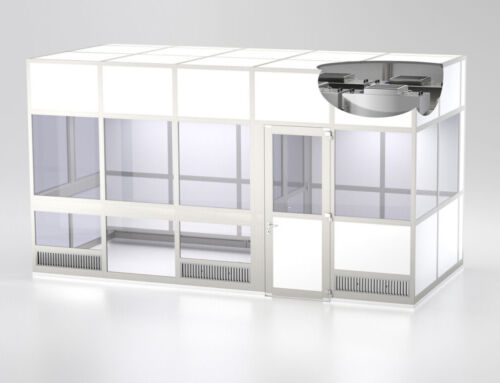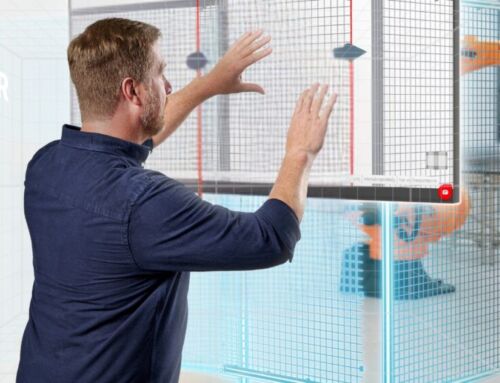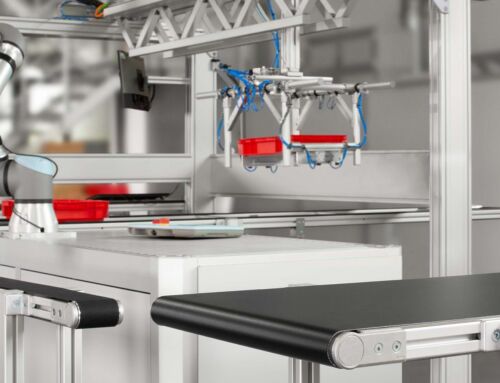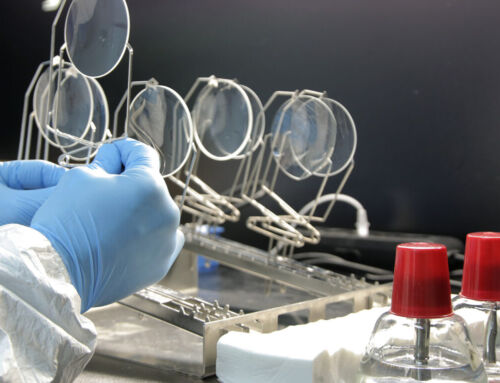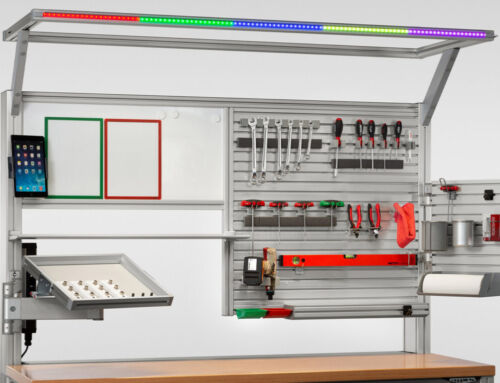Work Bench Design in Manual Production
An ergonomic assembly work bench doesn’t just help satisfy employees – it also offers the potential for tangible efficiency gains.
But how ergonomically are companies already working in manual production? This is the question at the heart of a new study that item has carried out and which began with a survey of experts on work bench design in production. The findings from these numerous interviews were then used as the basis for an online survey of 153 decision-makers involved in work bench design in industry. It was important that all participants worked for companies that perform production steps manually. However, the companies did not necessarily already have to be using ergonomic work bench design. In parallel to this, a survey was conducted among item customers who have already ergonomically optimized key areas of their manual production operations. The data collected doesn’t just illustrate the current situation in manual production, it also provides a basis for companies to reflect on their competences regarding ergonomics and reveals clear potential for optimization.
Special features of work bench design in production
Compared to production environments, ergonomics in the office enjoys a much higher profile thanks to widespread media coverage. What’s more, the people who are responsible for ergonomics in an office also have fewer variables they need to take into account. Essentially, the focus is on a desk and an office chair, both height-adjustable. An added factor is the often one-time-only adjustment of peripherals for screen work to ensure they are aligned correctly – from the position of the keyboard through to the optimum viewing angle for the monitor. Most of the study participants work also apply this basic principle to work bench design in production. When it came to questions about the specific use of behavioral ergonomics solutions in their own manual production operations, adjustable chairs (76%) and height-adjustable work benches (75%) were clear leaders ahead of any other options for injecting more ergonomics into assembly work benches.
Yet this approach can only be the basis for work bench design in production and must be expanded in targeted ways using additional solutions based on the specific requirements of each manual production operation. One illustration of what a holistic approach to a complete ergonomic system could look like is the industrial work bench concept from the Campaign for Healthy Backs (AGR e.V.) in Germany. For example, ergonomic material supply is extremely important in a manual production system that incorporates numerous worksteps which involve reaching motions. When it comes to assembling small parts, optimum workplace lighting plays a key role. Experts say it is a common misunderstanding that the ergonomics factor in planning an assembly work bench can simply be ticked off by buying an “off-the-shelf ergonomic solution”. Fundamentally, however, all additional measures also have a positive impact on the health and efficiency of manual production employees and should be used.
When it comes to work bench systems and their design, the item team focuses on meeting the physical requirements of team members while also encouraging improved efficiency. Based on robust, height-adjustable table variants, there is an assortment of components and accessories available for application. The best part? The item Work Bench Configurator, one of item’s many digital tools, allows end users to design their own setup and explore its potential. The personalized, designed setup combines with the expertise of item to provide the aforementioned holistic approach, benefitting the employees, managers, and the end product. These additional measures will come back threefold to benefit the workplace environment.
Work bench design in production only works when staff are involved
Due to their roles, occupational health and safety officers and other safety specialists are currently driving forward ergonomic work bench design in companies. However, action is often not taken until staff start to show the first signs of health problems caused by inadequate ergonomics and physically demanding worksteps. In each case, communication with employees should be on a level playing field, both here and in the event of a strategic introduction of ergonomic work bench systems. When it comes to opting for ergonomic work bench systems, the study participants view the health and wellbeing of staff (63%) and generally higher employee satisfaction (62%) as the most important deciding factors, much more so than greater efficiency at work (55%). Yet without adequate communication, employees can easily get the impression that the deciding factors are greater efficiency at work and an even faster pace of worksteps.
This fact, combined with comprehensive intervention in workflows that have been established for many years, can cause manual production staff to resist the new work bench systems. “It’s often advisable to start by setting up an ergonomically optimized pilot work bench. This makes the topic easier to grasp within the company and employees can be won over,” says Prof. D. Martin Schmauder from Technische Universität Dresden. To achieve this, employees should also always be trained in using the behavioral ergonomics solutions that are introduced. Against this background, it is just as easy to communicate why ergonomics in production work bench design is ultimately beneficial to employees and companies.
Interested in getting started with the item Work Bench System configurator? Click here to make your way over to the WBS configurator, or here to visit the rest of our digital tools!


